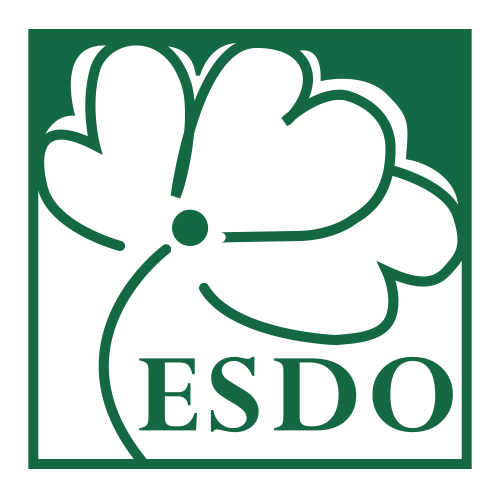On the eve of International Lead Poisoning Prevention Week-2017 (22 to 28 October) a huge crowd of youths demanded ban of lead paint production in Bangladesh. Environment and Social Development Organization-ESDO in association with IPEN organized the human chain and a rally under the theme ‘Learn the Risks, Educate Community and Ban Lead Paint’ in front of the National Press Club on 28th October to ban lead paint in Bangladesh by 2018 and to phase out lead containing paints globally by 2020.
The human chain was formed by around 80 girls guide members along with 20 youth members of ESDO Green Club. These teenagers were from various Bangla and English medium schools, colleges and universities who joined the campaign to demand for a ban on lead paint. They also conducted a rally. Many other people of different ages participated in the rally. They said that they don’t want to live in a leaded environment any more.
Lead paint is a major source of potential lead poisoning for young children. The International Lead Poisoning Prevention Week of Action, co-led by the World Health Organization (WHO) and UN Environment, was established to raise awareness of the widespread availability of lead paint. IPEN and Partners have taken part in awareness-raising activities and other actions during the Week of Action since 2013.
ESDO has been working for a specific regulation of lead free paint in Bangladesh and thus, has been conducting policy advocacy since 2010. In 2011 a four-year SWITCH-Asia regional project was launched, to decrease production and use of lead paint in different countries including Bangladesh. European Union (EU) Switch Asia Program started their lead paint elimination project in Bangladesh through ESDO in 2012.
In line with this ESDO has conducted study, paint sample analyses, awareness campaign and ultimately prepared a draft regulatory frame work and submitted it to Department of Environment (DoE). ESDO look forward to achieve a toxic free future through a complete regulation on lead paint in Bangladesh.
“It’s essential for our society to respond to this global challenge and make the phase out of lead in paint a top public health priority. We must act with urgency as the health of our children can be permanently and irreversibly damaged even at very low exposure to lead,” said by Dr. Shahriar Hossain, Secretary General of ESDO at the human chain.
WHO considers lead as one of the ten chemicals of major public concern has and stated “there is no safe level of exposure to lead.” “Lead paint is a serious threat to the long-term health of our children. Yet lead paint is still on sale in many countries and is used to decorate homes and schools. WHO calls on all countries to phase out lead paint by 2020 to protect the health of this and future generations”, said Dr. Maria Neira Director, Department of Public Health, Environmental and Social Determinants of Health, World Health Organization
At the recently-concluded International Conference on Chemicals Management, government, industry, and civil society delegates from over 130 countries affirmed the global consensus to eliminate lead paint by 2020. The multi-stakeholder conference is the implanting body of the Strategic Approach to International Chemicals Management (SAICM), which is managed by UNEP. Lead in paint was banned and eliminated from paint in most industrialized countries decades ago, but countries to be widely sold in many developing countries, including Bangladesh.
According to WHO “children are most likely to be exposed to lead from ingestion of flakes and dust from decaying lead-based paint which affects children’s brain development and their measurable level of intelligence (IQ). Children lead exposure is estimated to contribute to 600,000 new cases of children with intellectual disabilities every year.”
The youths at the human chain demanded, “We want to grow up in a toxic free world. We don’t want to live in an environment polluted by heavy toxic like lead. Everyone should know about it and act accordingly to make Bangladesh lead free.”
